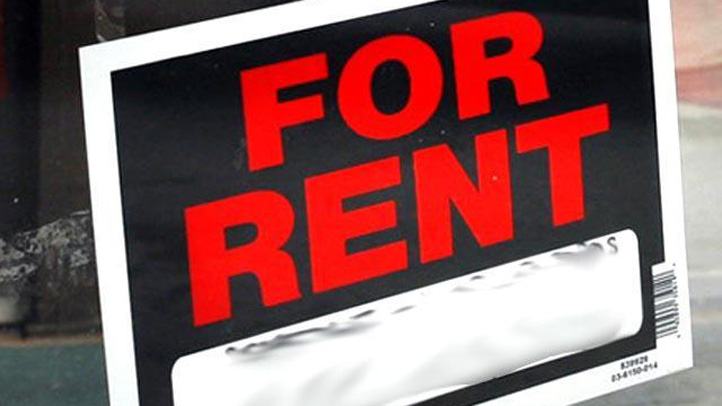Three Bay Area spots are among this year's dirtiest California beaches, but the drought may be helping hundreds of others, according to the latest beach report card.
San Francisco's Sunnydale Cove near Candlestick Point, San Mateo's Marina Lagoon and Santa Cruz's Cowell Beach all made the list.
James Alamillo, a water quality scientist with the environmental non-profit organization Heal the Bay, said that the beach report monitored bacterial pollution at 443 California beaches that were determined to be prime for recreational activities such as swimming and surfing. Alamillo, who was a lead author of the report, said bacteria-ridden beaches not only harm the environment, but also make beachgoers sick and have negative economic impacts on the surrounding areas.
"No one should get sick from a day at the beach," Alamillo said.
While Heal the Bay's 2014-15 Beach Report Card showed excellent water quality over the last summer, with 93 percent of beaches from Washington State down to Southern California garnering top grades, beach cleanliness dipped sharply during wet weather.
With record low rainfall, the reduced amount of polluted runoff funneled into the ocean has improved water quality at beaches statewide, according to the report. During the wet periods, however, many bacterial pollutants make their way into the water and can remain there for an extended period of time.
This year, Northern California is home to five of the state's 10 most polluted beaches. In addition to the harmful bacteria levels detected at Sunnydale Cove, Cowell Beach and Marina Lagoon, the report found additional "beach bummers" at Monterey County's Stillwater Cove and Humboldt County's Clam Beach County Park.
Local
Northern California beaches that face the ocean received higher grades overall than those beaches on the bayside, largely attributable to ocean currents sweeping away bacteria, Alamillo said.
Illnesses associated with the bacterial pollution include ear infections, stomach flu, upper respiratory infections and skin rashes.Alamillo said scientists are working to determine the source of the bacteria at these various beaches, but so far no definitive answers have arisen.
Ian Wren, a staff scientist at the environmental non-profit organization, San Francisco Baykeeper, said the failures at the Bay Area beaches could largely be attributed to sewer infrastructure failure and storm water runoff. He said San Francisco, like many other cities on the bay, dumps its sewage into the Bay, adding bacteria to the bay water.
Nik Strong-Cvetich, the executive director of the Save the Waves Coalition said that Cowell Beach near the Santa Cruz wharf is "again at the top of the list." Cowell has been among the top ten "beach bummers" for the last six years, but not for a lack of effort.
Strong-Cvetich said the Cowell Beach Working Group was set up to improve public understanding of the bacterial pollution, collect more scientific knowledge and advocate for better policies to combat the problem. Recent work includes the replacement of corroded sewer pipes, repairing private sewer pipes that had been discharging sewage and investigating all nearby sewer mains and lines, according to the report.
Strong-Cvetich said the bacterial pollution is not necessarily human produced and that it has been difficult to pinpoint what is causing it.
Alamillo said San Francisco's Sunnydale Cove has the same problem, with bacteria remaining at the beach and not being circulated out to sea. The cove is a popular windsurfing and fishing spot but fecal pollution is present, according to the report. The source of the fecal pollution has not yet been identified, but the report urges the local monitoring agency to conduct a source identification study to determine the cause of the poor water quality.
Alamillo said these dirty beaches "should give us pause" and provoke changes to land use policies. He said that if water that is used on land were properly captured and reused, harmful pollutants could be kept out of the ocean and bays.
Heal the Bay is advocating for policies that ensure new building developments have low environmental impacts and that the projects are required to capture, cleanse and reuse stormwater rather than dumping it into the sewer system, which is flushed out into waterways.
Alamillo said because of the enduring drought, policymakers are showing more of a willingness to prioritize water-recycling policies. Alamillo said San Francisco Supervisor Scott Wiener's ordinance that passed this week requiring newly constructed, large developments to have onsite water reuse systems, is a progressive step in the right direction, but he said that policymakers across the state should also consider passing legislation requiring smaller buildings and existing buildings to recycle and clean their used water.



